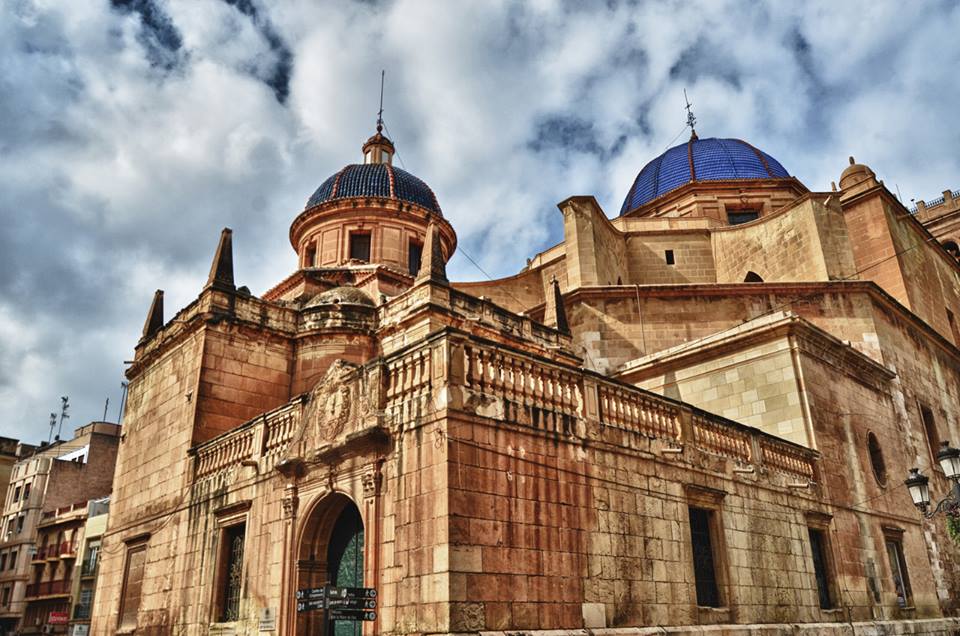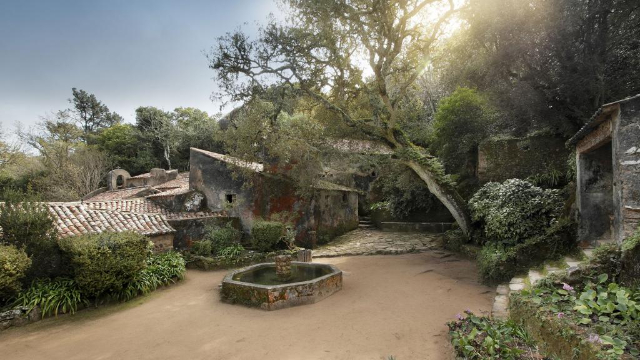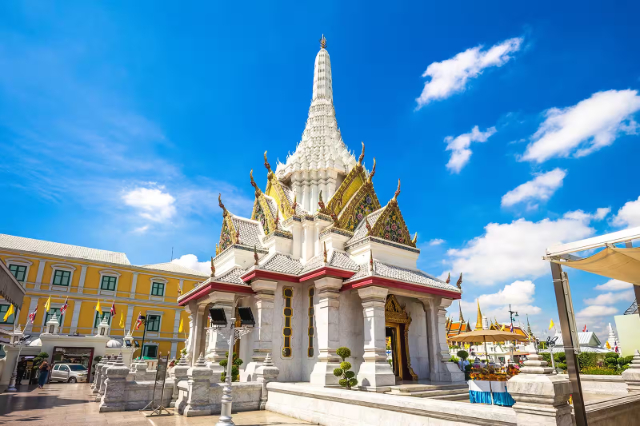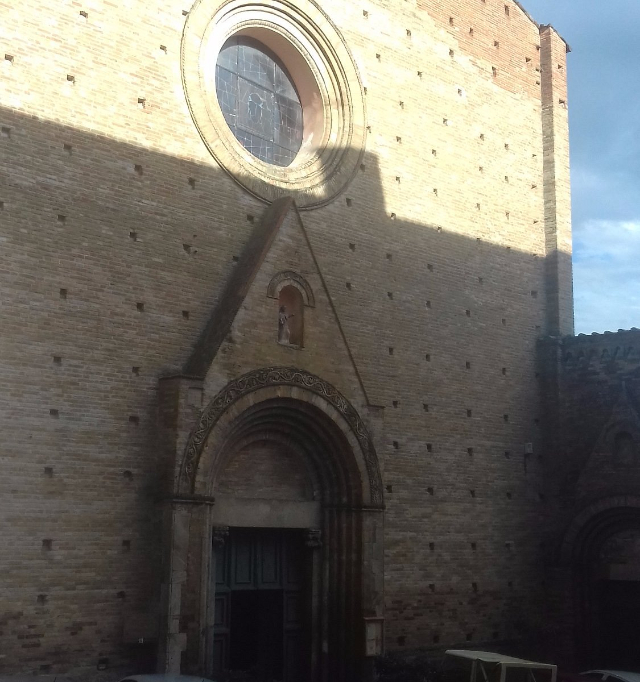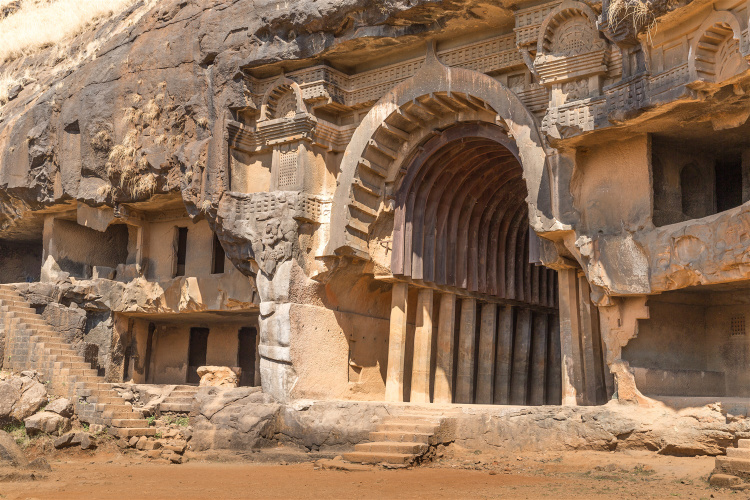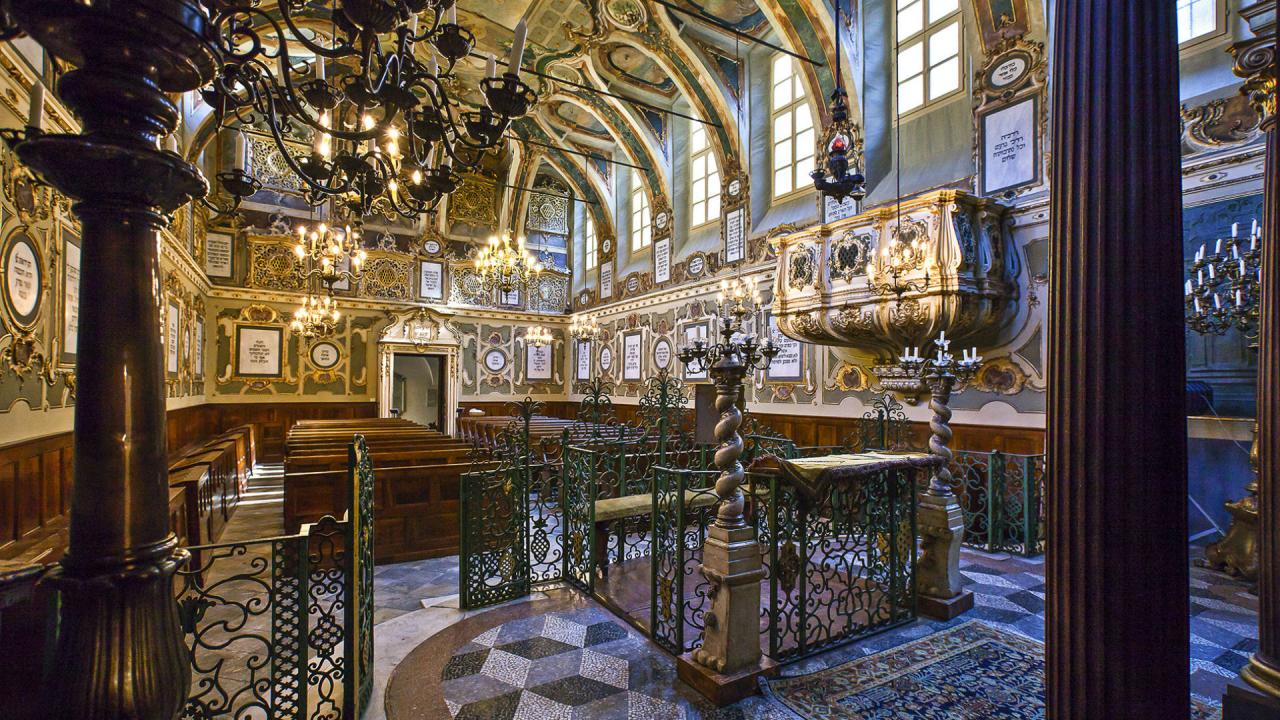The symbol of the city is certainly the Basilica of Santa Maria del Colle which is the result of several reconstruction works occurred between the fifteenth and sixteenth century. It rises on a pre-existing cultic site of the eleventh century and was rebuilt in 1466 with a 5-nave configuration, after the earthquake of 1456.
The variety of forms, furnishings, materials and structures, which over the centuries have stratified in the building, makes it a museum rich in works of art. It is accessed by the scenic staircase (1580) that goes to the side entrance with a portal in late Romanesque style (15th century). On the frontal facade there is a Renaissance portal.
The environment presents a Romanesque-Renaissance architecture, with stone pillars and arches. The 5 large ships are covered by wonderful coffered ceilings of carved wood: the central one and the two intermediate ones are stuccoed in gold and frame valuable paintings. On the left there is the baptistery with a baptismal font (18th century) in Mormorean inlay.
To Santo di Rocco we owe the gate of the Chapel of the Holy Sacrament, made between 1699 and 1705 and finished by his nephew in 1717: the most famous piece of the Basilica. On the counter-façade wall is the choir loft by Bartolomeo Balcone (1619), also the author of the wooden pulpit that surrounds one of the pillars of the central nave. All around are distributed wonderful altars in stone, in wood, in marble of the XV-XVIII centuries, realized by Pescolani masters. At the end of the median aisle on the right stands out the seventeenth-century altar of the Madonna del Colle with the polychrome wooden statue of the Madonna (thirteenth century), a rare example of medieval Abruzzo art.


